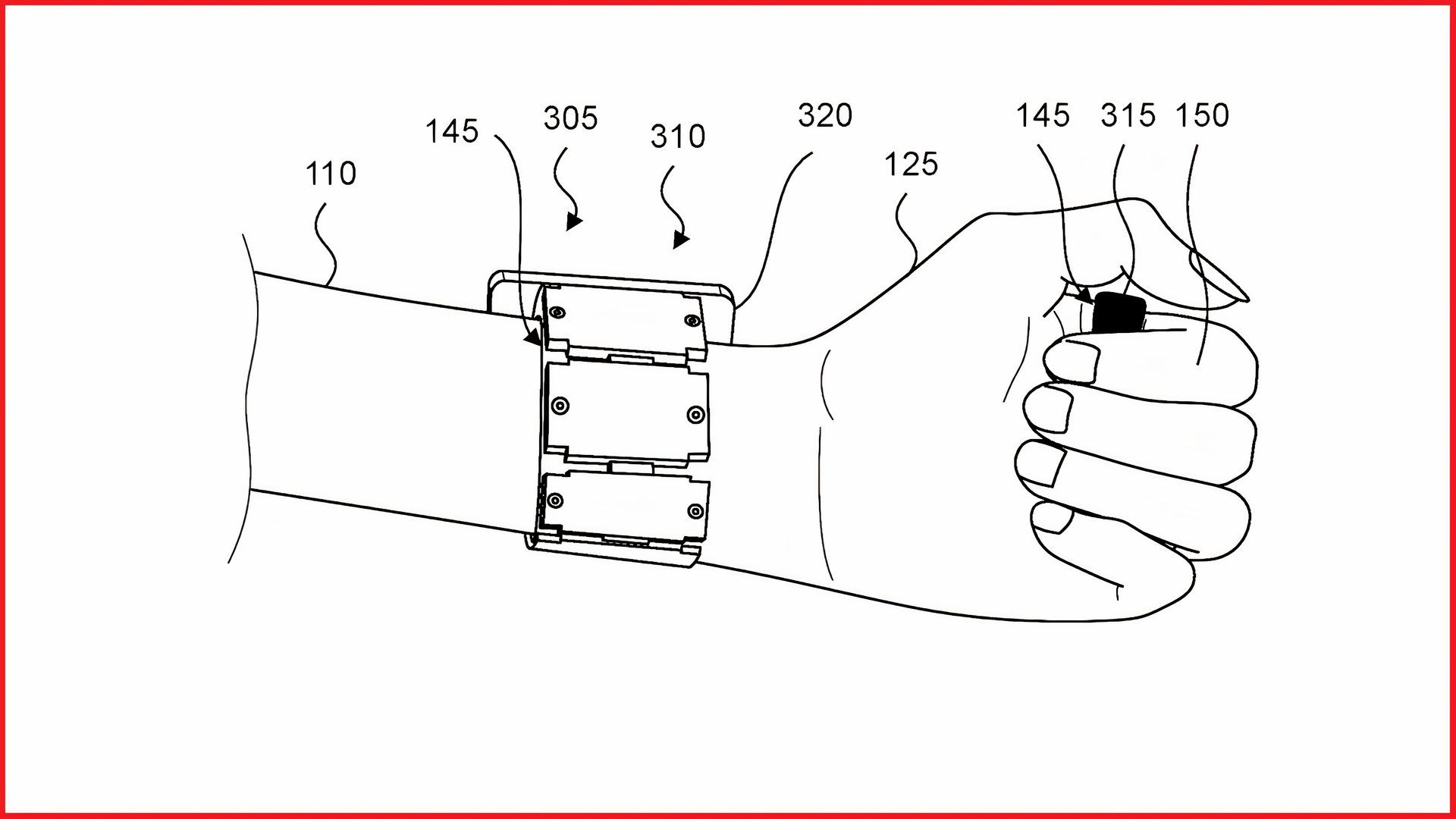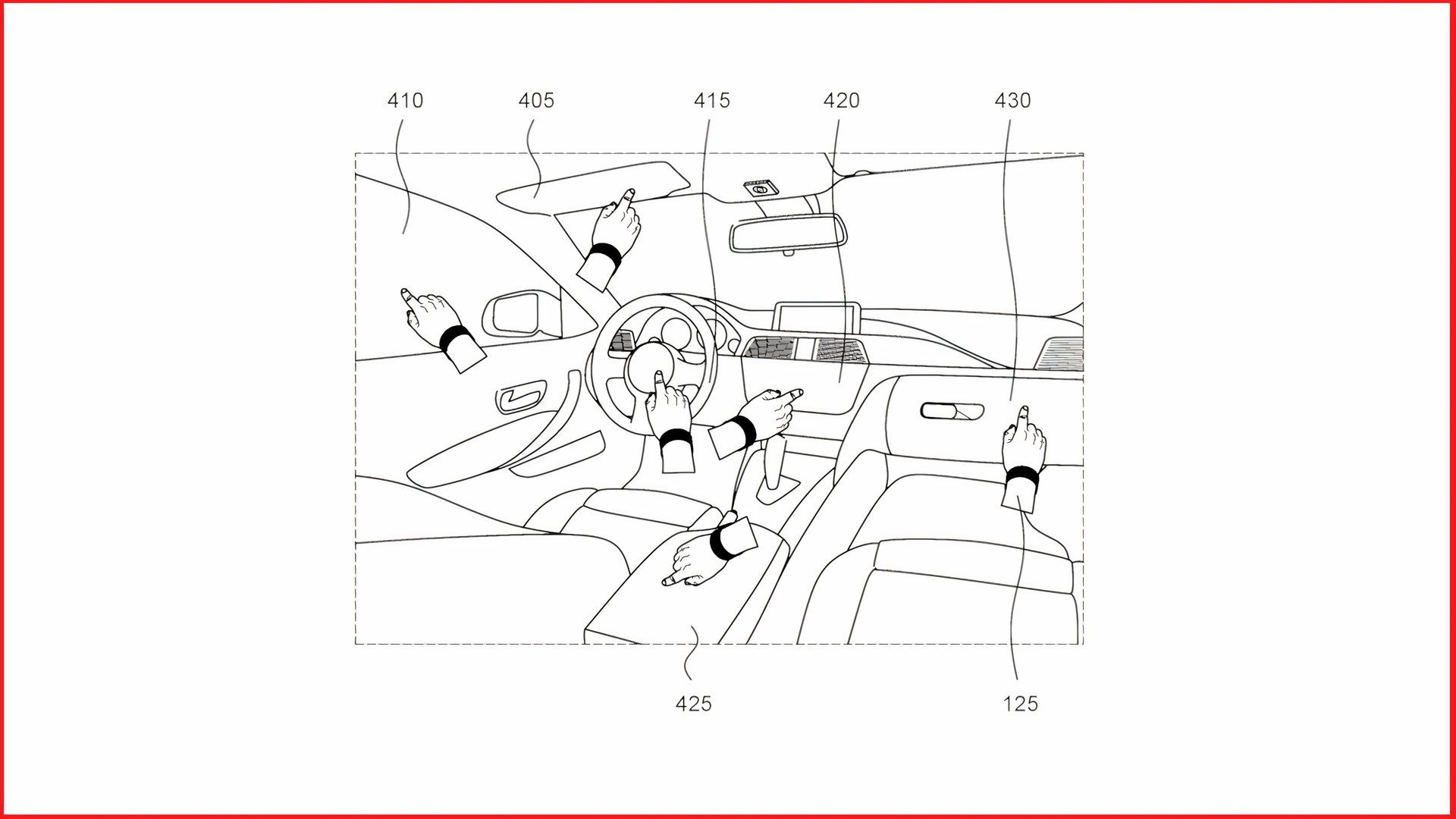High-Tech BMW Bracelet: Gesture-Controlled Cars Are Coming

by AutoExpert | 25 November, 2024
Imagine cruising in your car and instead of poking at a touchscreen, you just flick your wrist to crank up the AC or skip to the next song. Sounds like something out of a sci-fi movie, right? Well, BMW is on a path to turn that into reality. They've just revealed plans for a futuristic gadget that could transform how we interact with our cars.
Here’s the scoop: BMW has been cooking up a new kind of user interface that could make touchscreens look like old news. Filed with the World Intellectual Property Office, their latest invention involves a wrist-worn device that lets you control various car functions without ever touching a dashboard. The idea is that in the not-so-distant future, BMW drivers could be sporting a high-tech bracelet that turns the entire car interior into a touchpoint.

How Does It Work?
This isn't just about tapping your wrist against the armrest. This device is smart. It uses what's known as electro-myographic sensors, which basically read muscle movements. Whether you rest your elbow on the center armrest, press it against the door, or even the ceiling, this gadget doesn't care. It just needs to detect the muscle activity to work.
Imagine you need to honk the horn while swerving to avoid a mishap, but you’ve only got one hand on the wheel. BMW’s gadget could recognize a specific arm gesture to sound the horn, all while your hand stays put, steering you out of trouble.

Why This Could Be a Game Changer
Learning new tech isn't always a walk in the park, especially as cars get more complex. BMW is thinking this new tech could streamline things big time. Once fine-tuned, actions like changing the temperature, switching radio stations, or opening the sunroof could become intuitive, almost second nature. It’s like gesture control but amped up to the max.
Plus, think about the perks for passengers—interacting with games and media in totally new, immersive ways. And for BMW, this tech could mean simplifying the manufacturing process. Fewer physical buttons and switches mean potentially lower costs and a cleaner interior design.
Looking Ahead
While the idea is packed with potential, making it work flawlessly is key. The learning curve needs to be gentle enough to feel natural right off the bat. If BMW can pull this off, we might be looking at a whole new way of interacting with our vehicles. No more fumbling for buttons or squinting at touchscreens—just smooth, intuitive gestures.
So, gear up for the future—it looks like BMW is steering us towards an exciting new era of car tech that's as cool as it is functional.

















